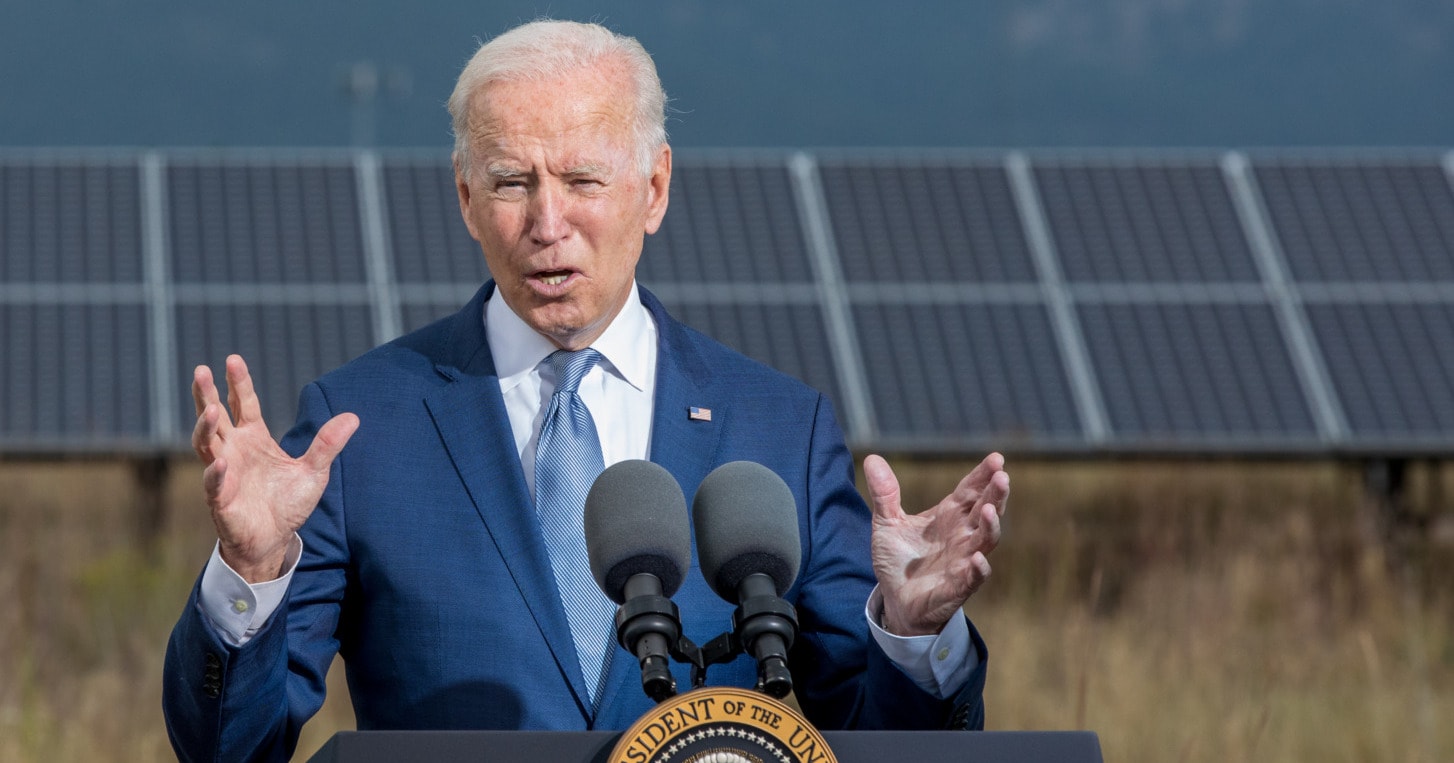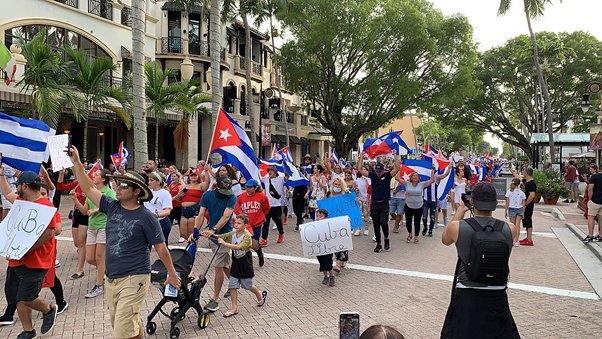Last month, the Biden administration announced it was considering restarting the construction of Trump’s border wall where “gaps” exist. The statement understandably alarmed immigrants’ rights activists and groups. After all, the step would legitimize the ferocious nativist movement that was both inspired and fulfilled by Donald Trump’s rise to power.
Similar to the Trump era, activists were forced into a defensive posture, often repeating the common and well-meaning, but ultimately misguided slogan that “walls don’t work.” It’s well-meaning because it aims to reveal the absurdities of modern immigration control, which seeks to restrict people’s movement even as it allows unfettered freedom of movement of capital.
However, it is misguided because walls often do work precisely as those who construct them intended; they work to naturalize artificial boundaries, construct imaginary enemies, instigate fear, divide workers, and make migration more punitive and deadly.
Borders — artificial though they are — have become so fixed in our political imagination that we struggle to conceptualize modern geopolitics without them. Even so, the U.S. – Mexico border, today one of the longest and most frequently crossed in the world, did not exist through most of the twentieth century, at least not as a physical boundary.
Today, the U.S. border consists of massive physical barriers and underpins one of the largest law enforcement agencies in the world.
A frequent liberal talking point suggests the U.S. used to have “open borders,” and this is a common misconception. As the immigration historian Hidetaka Hirota wrote in his book Expelling the Poor: Atlantic Seaboard States and the Nineteenth-Century Origins of American Immigration Policy, the U.S. implemented a robust immigration control system that included a deportation regime as early as the eighteenth century. At the time, it was mostly aimed at curbing the freedom of movement of poor people who were usually Irish. The system hadn’t been fully racialized, though that came soon enough.
Today, the U.S. border consists of massive physical barriers and is one of the most important instruments at the disposal of the largest law enforcement agencies in the world. Historian, Rachel St. John has argued, before the militarization of the U.S. border patrol, the “line” that separated Mexico and the U.S. existed mostly in the minds of politicians and policymakers.
By the second half of the 20th century, however, fears of a massive “illegal’ immigration problem dominated immigration debates. Ironically, this problem has its roots in the liberalization of immigration policy in 1965. The Immigration and Nationality Act passed that year by Lyndon Johnson did away with the racist national origins quotas instituted in 1924. In the interest of fairness, the act placed restrictions on migration from the Western Hemisphere for the first time in history, causing a massive wave of unsanctioned crossings eventually numbering in the millions.
To get the border “under control”, presidents Nixon and Ford began to study the problem and suggest tightening the border. They initially considered an electronic fence, similar to the “McNamara Line” used in Vietnam. That proposal failed for two reasons; the technology was not mature enough to function as intended and the use of it provoked an angry response from Mexican Americans and others who viewed the move as aggressive and racist. This is because Chicanos were troubled at the disproportionate burden they carried shouldering the Vietnam War, despite experiencing continued discrimination at home.
It was a symbol of the government bringing the Vietnam war to brown people at home.
Related Articles: U.S. Eco-Friendly Companies Built by Immigrants | Trumps Anti-Immigration Policies
Jimmy Carter, fielding immense pressure, continued to study the issue and suggested building what activists decried as the “Tortilla Curtain,” a wall along the most crossed segments of the border in Texas and California. The wall ultimately only covered thirty miles of the massive 2,000-mile boundary as activists succeeded in limiting the length of the wall and preventing it from including razor wire as initially proposed.
But the halt was temporary and as “illegal” migration continued unabated, so did talk of extending and strengthening existing barriers.
In the 1980s, debates about “immigration reform” reached a fever pitch, and interest groups were forced into concessions to produce immigration legislation that addressed their various, often competing, and contradictory demands. With the passage of the Immigration Reform and Control Act in 1986, immigrants’ rights activists gained a substantial victory in the procurement of an amnesty provision, one that legalized some three million people then undocumented in the country. But it came at the expense of a compromise that included further border militarization.
Under Bill Clinton, the most expansive and deadly border-wall efforts were realized. Clinton oversaw Operation Gatekeeper, which increased the number of border agents from 4,200 in 1994 to almost 10,000 in 2000, and 20,000 today. The program also included a massive budget increase that doubled from $400 million to $800 million in 1993 and 1997 respectively, reaching $7.6 billion in 2010.
Tighter security led to more dangerous crossing strategies through deadly mountains, deserts, and waterways resulting in the deaths of some 10,000 migrants since 1994. Ironically, this process began at precisely the same time as the ratification of the trilateral North American Free Trade Agreement between Canada, Mexico, and the United States, which further opened up borders to capital flows.

The deadly policies of the Reagan and Clinton era have not stopped, or even considerably slowed migration. This is what activists mean when they claim that walls don’t work.
Even so, the border was never meant to stop the flow of migrants, only make crossing a matter of “illegality,” which allows the state to control migrant workers once they are in the United States, use deportation policy as a form of social control, and naturalize divisions between people and workers on either side of the border.
The cost of these aims has been suffering and death, so instead of saying walls don’t work, we should be pointing out the many ways they do work—and call for their abolition.
——
Eladio B. Bobadilla is an assistant professor of history at the University of Kentucky. He specializes in modern U.S. history, social movements history, working-class history, and immigration history. He is currently completing his first book manuscript, which traces recent U.S. immigration policy and the modern immigrants’ rights movement.
Editor’s Note: The opinions expressed here by Impakter.com columnists are their own, not those of Impakter.com. — In the Featured Photo: Migrants on the American flag. Featured Photo Credit: Wikimedia Commons.












